When Susanna Toews arrived in Litzmannstadt, Poland, in 1944, she was already a member of the Nazi racial elite. Her native village in Ukraine had come under German occupation in 1941 with Adolf Hitler’s invasion of the Soviet Union. During the intervening two-and-a-half years, the young Mennonite woman became a beneficiary of racial warfare.
While German forces deliberately starved Russian and Ukrainian speakers, or shipped them to the Reich for forced labour, so-called “ethnic Germans” like Toews and her family received generous rations. In the same months that SS death squads murdered nearly all of Ukraine’s 1.2 million Jews, Nazi “welfare commandos”—also run by the SS—distributed aid to local Mennonites.
What can explain the general interest, even enthusiasm, among high-ranking Nazi officials for Eastern Europe’s Mennonite inhabitants? The short answer is that Mennonites—unlike Ukrainians, Russians, Poles and certainly Jews—were Aryan. At least Nazi war makers thought they were Aryan. In Hitler’s Third Reich, this was a catch-all category denoting racial privilege. It was associated with fair skin and hair, as well as a high degree of “blood purity.” One group of Mennonite refugees from the U.S.S.R., for example, scored a German bloodline “heredity quotient” of 98.8 percent.
Mennonites themselves often facilitated racial testing, providing their bodies and congregational record books for “scientific” research. In at least one case, members met to fill out racial papers together as a formal church event.
Achieving Aryan status generated substantial benefits. These included citizenship, legal protections and career prospects, all of which were unavailable, or severely curtailed, for Jews and other alleged non-Aryans.
But who to count as “Aryan” versus “non-Aryan” was not always clear, so officials created a multi-tiered racial matrix, known as the “German Racial List,” which specialists used to categorize persons with muddled or uncertain ancestry. While millions in the newly conquered areas were sorted into the list’s lower categories, most of the approximately 9,000 Mennonites in occupied Poland and the neighbouring Danzig area would have been awarded top slots.
They were not the only—or even the largest—group to be categorized in this way, however, being dwarfed by the 35,000 Mennonites in Ukraine who came under German rule two years later. Despite decades of starvation, emigration, persecution and deportation under Bolshevik rule, Ukraine remained home to Europe’s largest group of German-speaking Mennonites, and generally welcomed the invading Nazi forces, hailing them as liberators who had come to end Stalin’s tyranny.
It was during these years that Toews and other local Mennonites first learned to think of themselves as Aryan. But tens of thousands of Jews in and around the settlements met a different fate. Toews recalled with horror in her post-war memoir how one SS officer shot a Jewish girl, about her age, on the village outskirts. Every dignity denied to Jews and Slavs was extended to Mennonites, some of whom received clothes and housing taken from Holocaust victims.
Even in 1943, as Hitler’s soldiers suffered massive losses on the Eastern Front, Germany’s retreating forces continued to assist Ukraine’s Mennonites. Nearly all, in fact, chose to accompany the Wehrmacht on its trek back to occupied Poland. There, in large processing centres like Litzmannstadt, evacuees experienced new bouts of racial testing.
“In order to become German citizens, we were interviewed many times,” Toews later remembered. “Samples of blood were taken from us. . . . Twice we were X-rayed. Then we were given our German citizenship papers with all German rights.”
The process of becoming Aryan, as described by Toews, tracks with the experiences of tens of thousands of Mennonites in Nazi-occupied Europe. Today, a majority of Mennonites in Europe and the Americas—including many direct relatives of those who profited from Nazism—continue to live rich, privileged lives.
What responsibility do we, as Christians and as members of a peace church, have for the victims of a system that benefited our co-religionists and, in many cases, our own families? After more than 70 years, it is time to respond.
Ben Goossen is a scholar of global religious history at Harvard University. He is the author of Chosen Nation: Mennonites and Germany in a Global Era, forthcoming in 2017 from Princeton University Press. This Viewpoint piece is adapted from a longer article entitled ‘Measuring Mennonitism: Racial categorization in Nazi Germany and beyond,” published in the 2016 issue of the Journal of Mennonite Studies.
See also: “Historians address Nazi influence on Mennonites.”


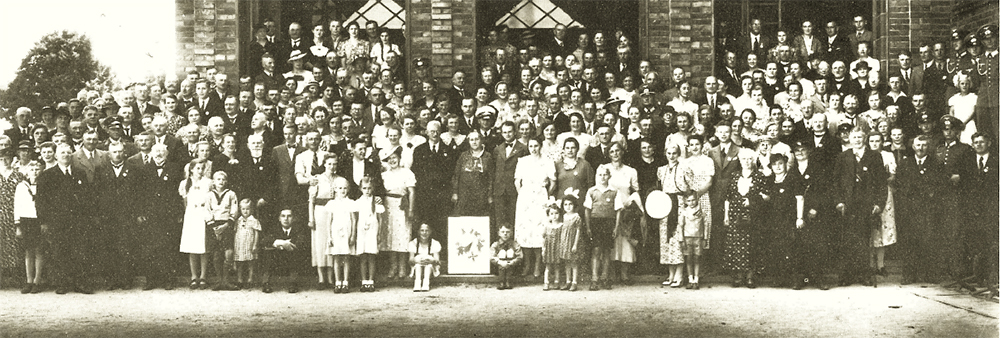

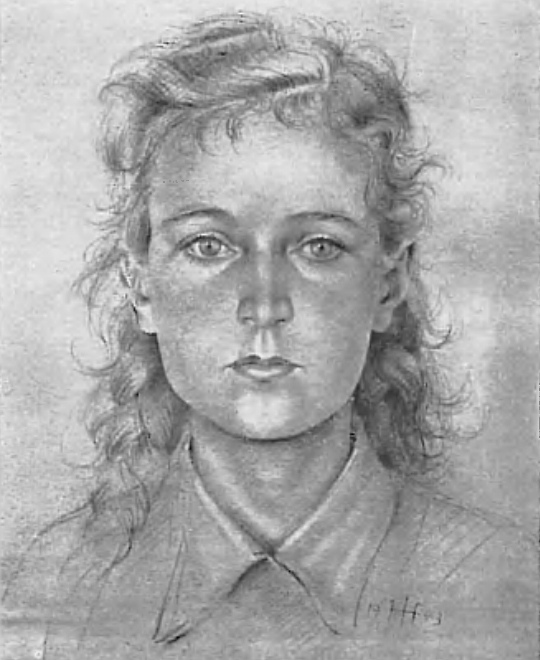
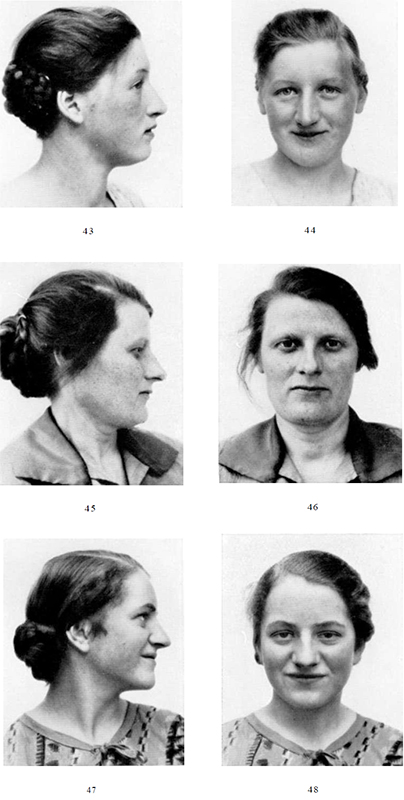
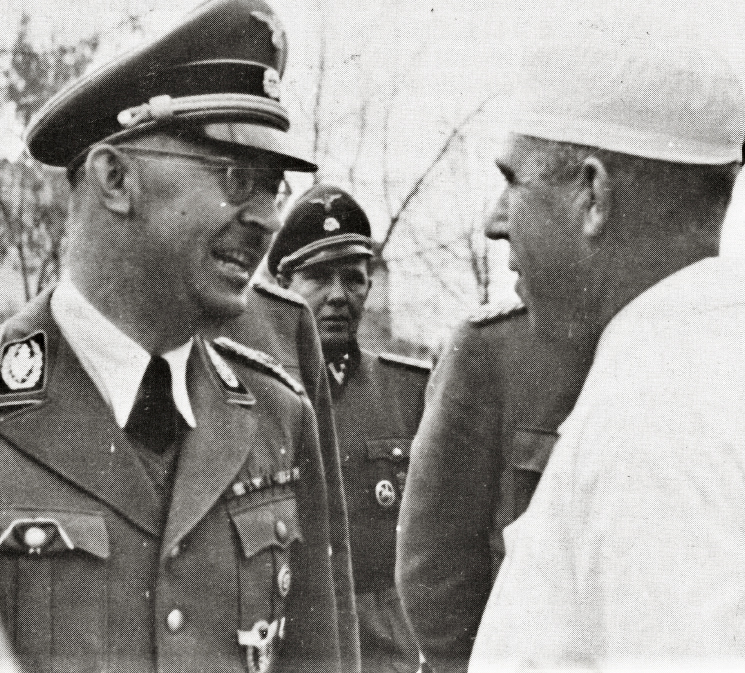


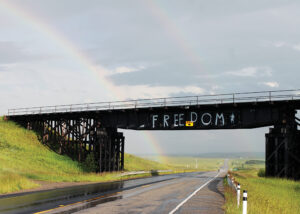

Leave a Reply
You must be logged in to post a comment.